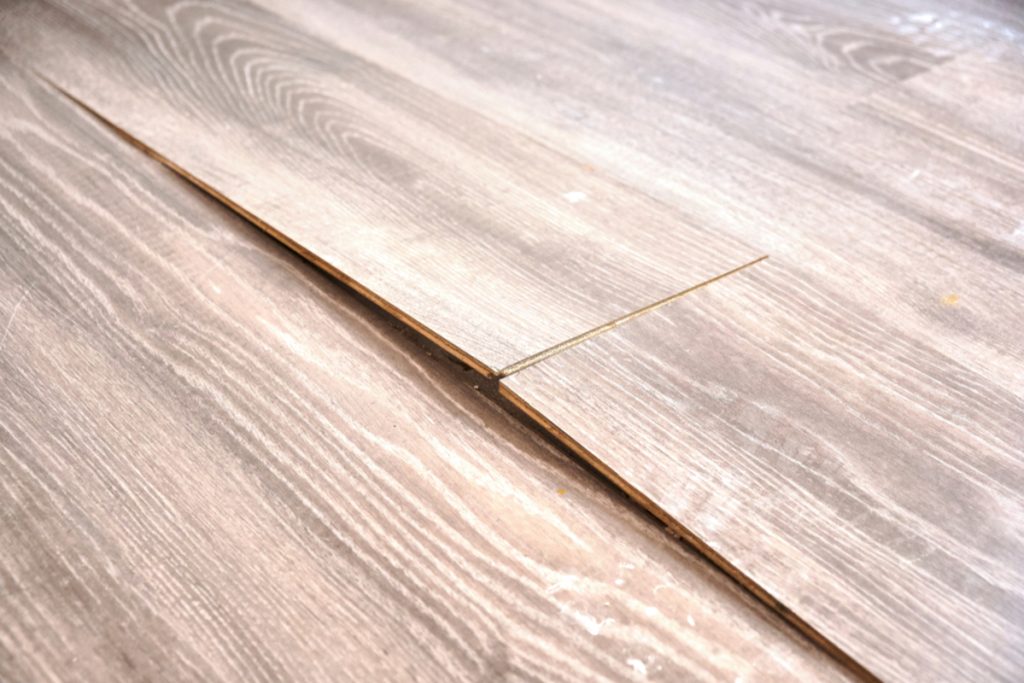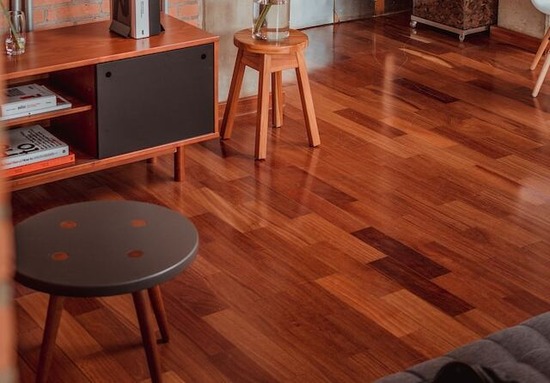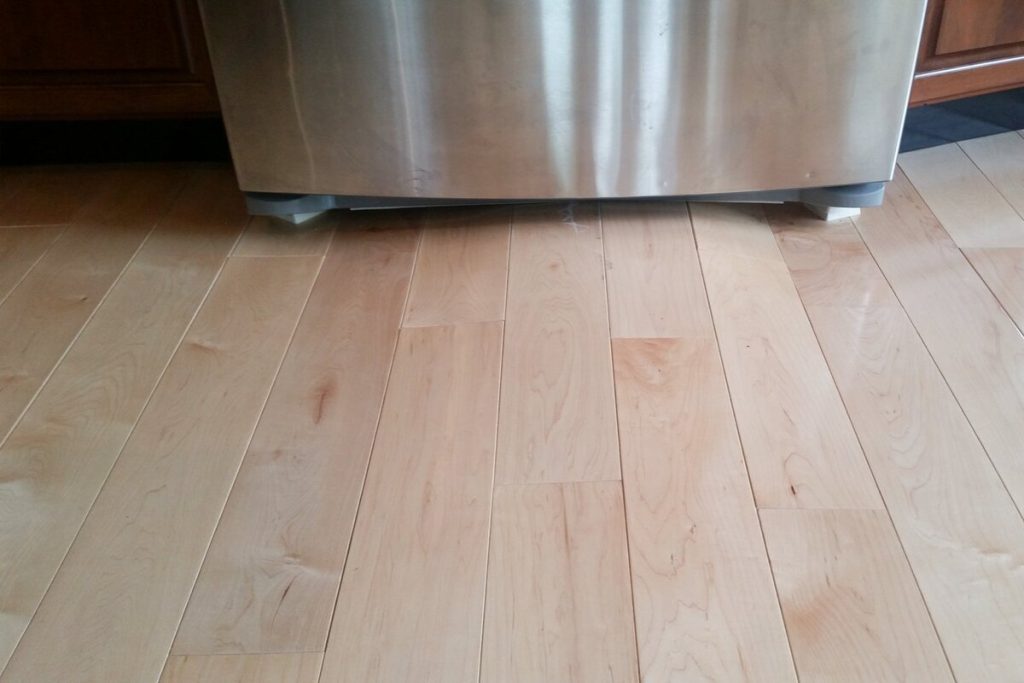Floating floors have soared in popularity among homeowners, offering a smart and stylish alternative to traditional hardwood floors without the steep price tag. Characterized by their unique “click-lock” design, these floors effortlessly snap together, eliminating the need for nails or glue. This innovative installation method not only simplifies the process, making it an exciting project for DIY enthusiasts but also allows for easy replacement of damaged boards. However, as much as floating floors—be it laminate, vinyl planks, or engineered wood—resemble hardwood in appearance and comfort, they share a common vulnerability to moisture, which can lead to a range of issues.
The appeal of floating floors extends beyond their affordability and ease of installation. They offer excellent insulation and reduced noise levels compared to traditional hardwood floors, thanks to the underlayment used during installation. Yet, the convenience of floating floors comes with a trade-off in durability; they are more prone to wear and tear and cannot be refinished like hardwood. When damage occurs, the usually straightforward solution is to replace the affected boards. Understanding the common problems associated with floating floors and the preventive measures to tackle them is crucial for maintaining their beauty and longevity.

- Visual guide on preventing laminate from buckling, highlighting the appeal and care of floating floors. Source: @BC_Floors – bcfloors.ca
Floating floors, while offering a modern flooring solution, are not immune to specific challenges. Key issues such as peaking, noise, gaps, buckling, and surface damages like chips and scratches can detract from their appearance and function. These problems often stem from excess moisture, which can cause the floors to swell, shift, or become damaged over time. While some of these issues, such as peaking and gaps, are also found in solid hardwood floors, the nature of floating floors requires specialized consideration to prevent and address these problems effectively.

- Overview of common floating floor problems and solutions. Source: Bessemeter Inc – bessemeter.com
Excess moisture stands as the primary antagonist in the narrative of floating floor problems, contributing significantly to the common issues faced by homeowners. Moisture can find its way into floating floors through various sources, including spills, humidity, and subfloor moisture, leading to warping, buckling, and gaps. Unlike solid hardwood floors, which can be more forgiving, floating floors require vigilant moisture management to prevent such issues. This highlights the necessity of understanding the specific challenges of floating floors in comparison to their hardwood counterparts.
Preventative measures and care are paramount in ensuring the longevity and pristine condition of floating floors. Steps such as maintaining stable jobsite conditions, conducting thorough moisture content checks, and allowing the flooring materials to acclimate to their new environment are essential before installation begins. Additionally, employing the proper installation techniques, such as avoiding the use of glue where unnecessary and allowing for adequate expansion space, can significantly mitigate the risk of common problems associated with floating floors.

- Highlighting the importance of preventing laminate flooring from buckling through proper care. Source: @BC_Floors – bcfloors.ca
Aside from careful installation, regular maintenance plays a crucial role in keeping floating floors in top shape. Measures like controlling the indoor climate, utilizing moisture barriers, and protecting the floor from furniture damage can go a long way in preventing the issues that often plague floating floors. Simple actions, such as cleaning up spills promptly, using the correct cleaning products, and placing mats at entryways, contribute significantly to the floor’s durability and overall appearance. Being proactive in floor care can avert the need for repairs and replacement, saving time and money in the long run.
Meticulous installation and diligent maintenance are the cornerstones of extending the life and maintaining the beauty of floating floors. By understanding the unique challenges they present and employing strategies to mitigate these issues, homeowners can enjoy the aesthetic and practical benefits of floating floors for years to come. Emphasizing the crucial role of managing moisture through proper installation techniques and regular care ensures that your floating floors remain a valuable and beautiful part of your home.
In conclusion, while floating floors offer an attractive and cost-effective alternative to traditional hardwood, they require informed care and maintenance to prevent common problems. Recognizing the importance of moisture management, proper installation, and routine maintenance can significantly contribute to the longevity and appearance of floating floors. Embracing these practices ensures that your floating floors remain pristine, providing a solid foundation for your living space that you can enjoy and take pride in for years to come.

